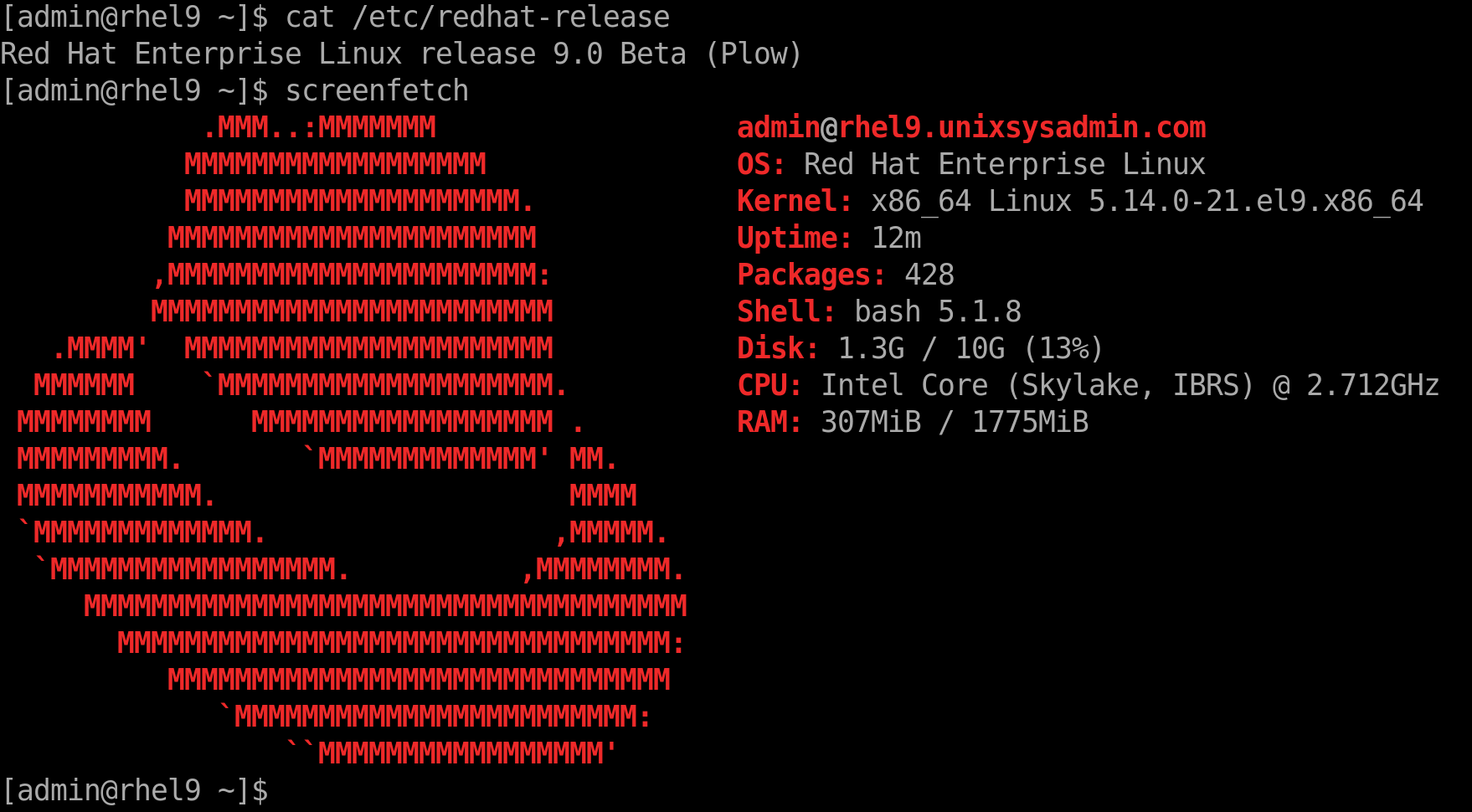First, we create a little script to scan for the new iSCSI disk (alternatively, you can reboot the server)
[root@RHEL tmp]# nano iscsi_rescan.sh
for BUS in /sys/class/scsi_host/host*/scan
do
echo "- - -" > ${BUS}
done
[root@RHEL tmp]# chmod +x iscsi_rescan.sh
[root@RHEL tmp]# ./iscsi_rescan.sh
Now, let’s create the new partition
[root@RHEL tmp]# pvcreate /dev/sdb
Physical volume "/dev/sdb" successfully created.
[root@RHEL tmp]# vgcreate backup_vg /dev/sdb
Volume group "backup_vg" successfully created
[root@RHEL tmp]# vgdisplay backup_vg | grep "Free"
Free PE / Size 314572 / <1.20 TiB
[root@RHEL tmp]# lvcreate -L1.19TiB -n backup_lv backup_vg
Rounding up size to full physical extent 1.19 TiB
Logical volume "backup_lv" created.
We format the new partition to xfs
[root@RHEL tmp]# mkfs.xfs /dev/backup_vg/backup_lv
meta-data=/dev/backup_vg/backup_lv isize=512 agcount=4, agsize=79859712 blks
= sectsz=512 attr=2, projid32bit=1
= crc=1 finobt=0, sparse=0
data = bsize=4096 blocks=319438848, imaxpct=5
= sunit=0 swidth=0 blks
naming =version 2 bsize=4096 ascii-ci=0 ftype=1
log =internal log bsize=4096 blocks=155976, version=2
= sectsz=512 sunit=0 blks, lazy-count=1
realtime =none extsz=4096 blocks=0, rtextents=0
Finally, we mount the new partition, using fstab
[root@RHEL tmp]# mkdir /backup
[root@RHEL tmp]# nano /etc/fstab
/dev/backup_vg/backup_lv /backup xfs defaults 0 0
[root@RHEL tmp]# mount -a
